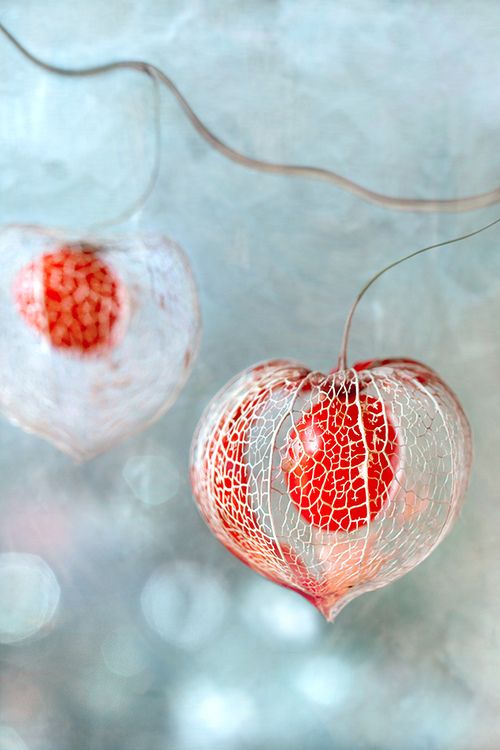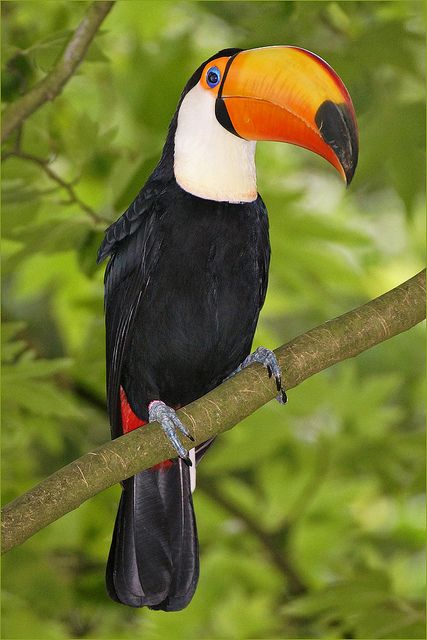Dear Integral meditators,
What if meditation was not something so much that you sit down and ‘do’each day as a way of paying attention to your world? The article below looks at this idea in a practical way.
In the spirit of the journey,
Toby
 Meditation – Life as a positive mindfulness game
Meditation – Life as a positive mindfulness game
Meditation is a word whose meaning depends upon the context within which it is presented. Different schools of meditation have quite different ideas about what meditation is exactly. For myself, I like to use multiple definitions as it broadens my ability to apply meditation practically to my daily life, making it more effective. Here is the one of the central definitions that I use:
“Meditation means to focus our attention on an object that, when we contemplate it, causes our mind to become positive, calm and/or happy.”
This is the definition that I learned when I first joined the Tibetan Buddhist group that I was connected to for some years and that, as a Buddhist monk, I would teach to people. It is quite specific, telling us that meditation is a form of attention training that functions to generate and hold positive states of mind. It is also quite general, leaving scope for the meditator to choose the objects that he or she wishes to focus on. During my training in Tibetan Buddhism, the foundation of the daily meditation practice that we had were twenty one specific positive or specific mind states that we would train to be mindful of.
What I want to explain now is a mindfulness game that we can do as a form of meditation. In this exercise the positive object of meditation is not so much one particular object, feeling or affirmation. Rather it is a process of paying attention that functions to make our mind calmer and more appreciative. One of the benefits of this exercise is that it gradually trains our mind to orientate itself around positive thoughts and feelings, making them the ‘front and center’ of our moment to moment experience.
STEP 1: Sit down and either think of or write down three things in your life that you feel positive and happy about. There are infinite possibilities. Here are three that I am going to pull out of my mental hat right now:
- I enjoyed my Qi Gong class this morning: I was encouraged by the progress that people seemed to be making.
- Enjoying learning about how to create a website
- Daughter was happy going to school this morning, no tears!
So, there we are – three simple things.
STEP 2: Set aside a certain time, say five to ten minutes. During this time you can choose to sit in meditation, or you might choose to go for a walk, have a bath or any activity where you can maintain a relative state of relaxation and focus.
Once you have settled yourself and the allotted time has begun, your job is simply to keep your mind oriented around the three topics, and the positive feelings, thoughts and images that are generated in your mind in association with them. Your mind may wonder onto any object that is positively related to the above, but it MAY NOT move on to an object of contemplation that is either unrelated to your three topics, or that is a negative contemplation of them.
So, for an example of what I MAY contemplate about my three topics above are:
- A sense of the positive flow of qi/light and energy within my body (relating to point one).
- The harmonious sense I get from one of the artworks that I have placed on the website I have created
- An appreciation of my relationship to my daughter.
Examples of what I may NOT contemplate or get distracted by:
- Dwelling on something I disliked about one of the Qi Gong class members
- Getting involved in a ‘to do’ list for my website
- Worrying about my daughter on any level
So, you get the idea. If you are keeping to an aspect of the three topics that is making your mind positive, happy, peaceful, appreciative etc, then you are on the right track. Any negative or worrisome thoughts are not to be followed, as are any thoughts that are simply distractions!
This is a simple meditation or mindfulness form is very good for the overall long term health of our consciousness. It leaves plenty of room for us to make the practice ‘our own’ and be creative. It enables us to experience first-hand how to train in the meditative activity of learning to generate and hold positive and peaceful states of mind for extended periods.
Guided meditation recording: Three aspects of the positive mindfulness game
© Toby Ouvry 2017, you are welcome to use or share this article, but please cite Toby as the source and include reference to his website www.tobyouvry.com
Upcoming Courses at Integral Meditation Asia
Ongoing on Wednesday’s, 7.30-8.30pm – Wednesday Meditation Classes at Basic Essence with Toby
Ongoing on Tuesday evenings, 7.30-8.30pm – Tuesday Meditation Classes at One Heart with Toby (East coast)
Monday 15th & 29th May, 10-11am – Bi-monthly Monday morning meditation classes (East coast)
Tuesday & Wednesday evenings – Meditations for creating a mind of ease, relaxed concentration and positive intention – A six week course
Monday 8th May, 10am-5pm – How to do Soul Portraits Workshop
Saturday 20th May, 2-5.30pm – Meditations for Transforming Negativity and Stress into Energy, Positivity and Enlightenment – A 3.5 Hour Workshop
Saturday June 10th, 9.30am-12.30pm – Integral meditation & mindfulness deep dive half day retreat
Integral Meditation Asia
Online Courses * 1:1 Coaching * Books * Live Workshops * Corporate Mindfulness Training *Life-Coaching * Meditation Technology








